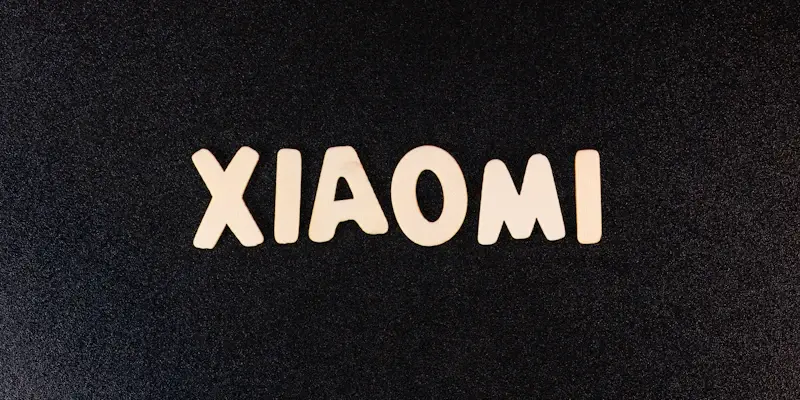The anticipation surrounding the Xiaomi 15 Ultra’s release has reached a fever pitch, especially with last-minute hardware changes being made to ensure that the flagship smartphone lives up to the high expectations of consumers and tech enthusiasts. One of the predominant focuses has been on the device’s battery capacity, a critical feature that has drawn scrutiny and feedback from initial test models. The prominent leaker, Digital Chat Station, has been instrumental in providing updates on these late alterations, shedding light on Xiaomi’s strategic decisions to improve their upcoming release.
Initially set for an early launch in January, the debut of the Xiaomi 15 Ultra has faced delays due to ongoing adjustments derived from feedback on several test models. The main theme revolves around Xiaomi’s efforts to refine the hardware, particularly in response to criticisms regarding the camera and battery capacity in comparison to its predecessor, the Xiaomi 14 Ultra. According to Digital Chat Station, the 5,700 mAh battery in the Xiaomi 15 Ultra’s test model fell short of expectations among Chinese observers, who pointed out the disparity when compared to the Xiaomi 15 and 15 Pro models. With the Xiaomi 15 and 15 Pro boasting 5,450 mAh and 6,100 mAh batteries respectively, it became clear that a larger battery was crucial for the 15 Ultra’s success.
Addressing Battery Capacity Concerns
In response to the feedback, Xiaomi has reportedly decided to increase the battery capacity of the Xiaomi 15 Ultra to better align with what users expect from a high-end flagship smartphone. While the exact new battery capacity remains undisclosed, it is expected to match or even exceed the 6,100 mAh capacity of the Xiaomi 15 Pro. This strategic move underlines Xiaomi’s commitment to providing a competitive edge in the smartphone market, ensuring the final product meets both consumer and market expectations. With battery life being a significant consideration for users, this change could be decisive for the 15 Ultra’s market reception.
Furthermore, battery capacity isn’t simply a matter of outlasting competitors; it directly influences user experience through extended usage, shorter charge times, and overall satisfaction. This acknowledges the demands of heavy smartphone users who rely on their devices for a multitude of tasks, ranging from basic communication to advanced applications in gaming and media consumption. Xiaomi’s decision to amp up the battery demonstrates an awareness of these needs and implies an intent to lead in this crucial aspect of smartphone functionality.
Market Impact and Consumer Expectations
Excitement for the Xiaomi 15 Ultra’s release is at an all-time high, especially with late hardware tweaks being made to meet high consumer and tech enthusiast expectations. A key focus has been on the battery capacity, which has been a point of critique from initial test models. Digital Chat Station, a notable leaker, has provided regular updates on these changes, highlighting Xiaomi’s strategic steps to enhance their upcoming flagship.
Originally planned for an early January launch, the Xiaomi 15 Ultra has faced delays due to ongoing adjustments based on feedback from various test models. The core issue is Xiaomi’s effort to perfect the hardware, particularly addressing criticism related to the battery capacity and camera quality compared to its predecessor, the Xiaomi 14 Ultra. According to Digital Chat Station, the initial 5,700 mAh battery in the Xiaomi 15 Ultra’s test model was considered inadequate by Chinese reviewers, especially when compared to the Xiaomi 15 and 15 Pro models, which have 5,450 mAh and 6,100 mAh batteries, respectively. Therefore, a larger battery became essential for the 15 Ultra’s success.

